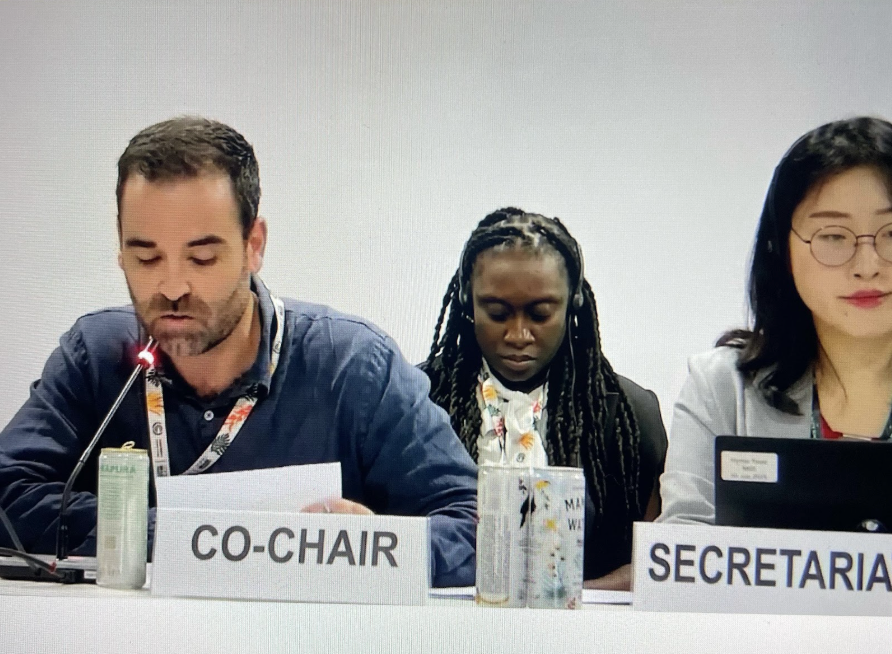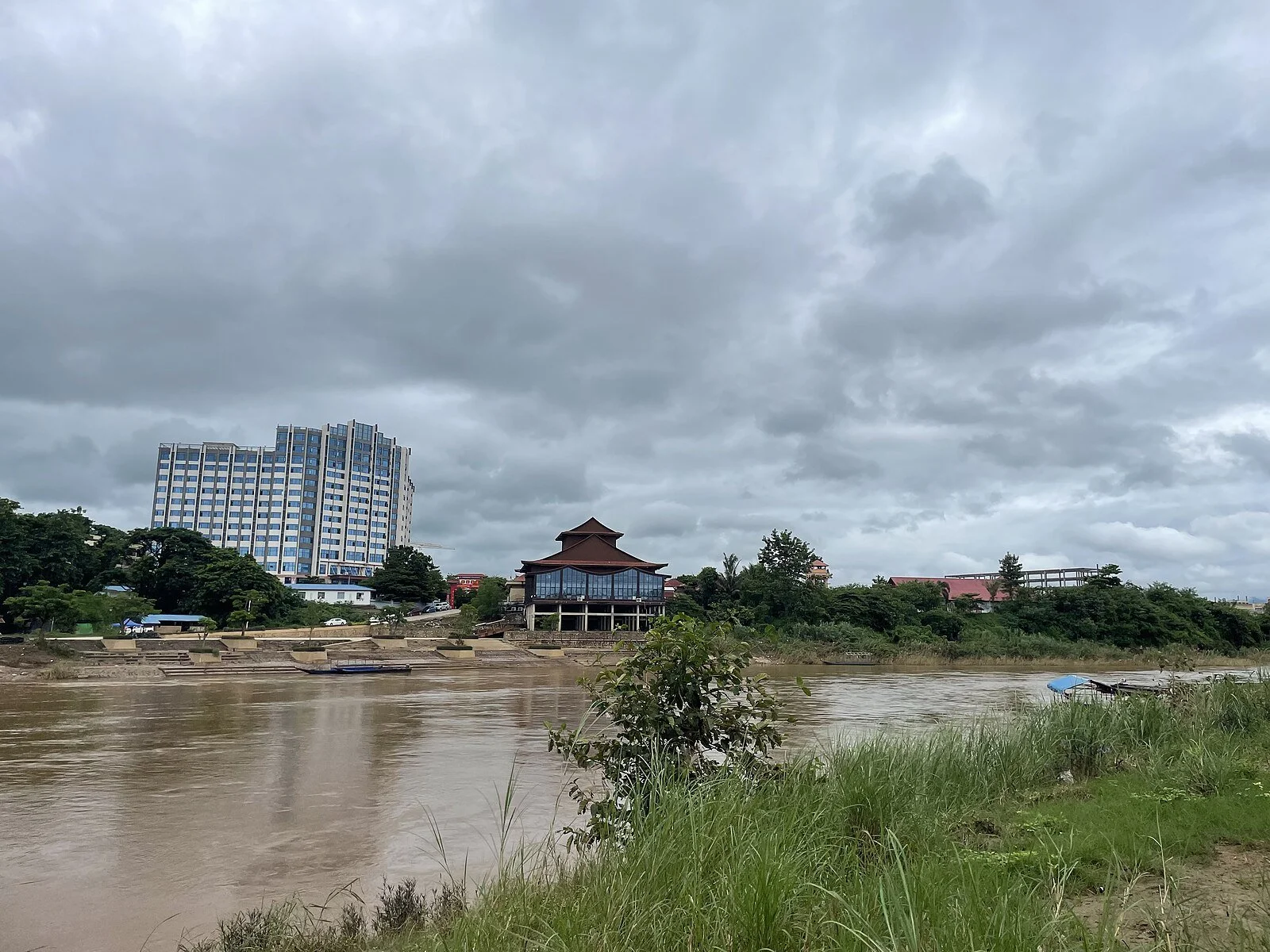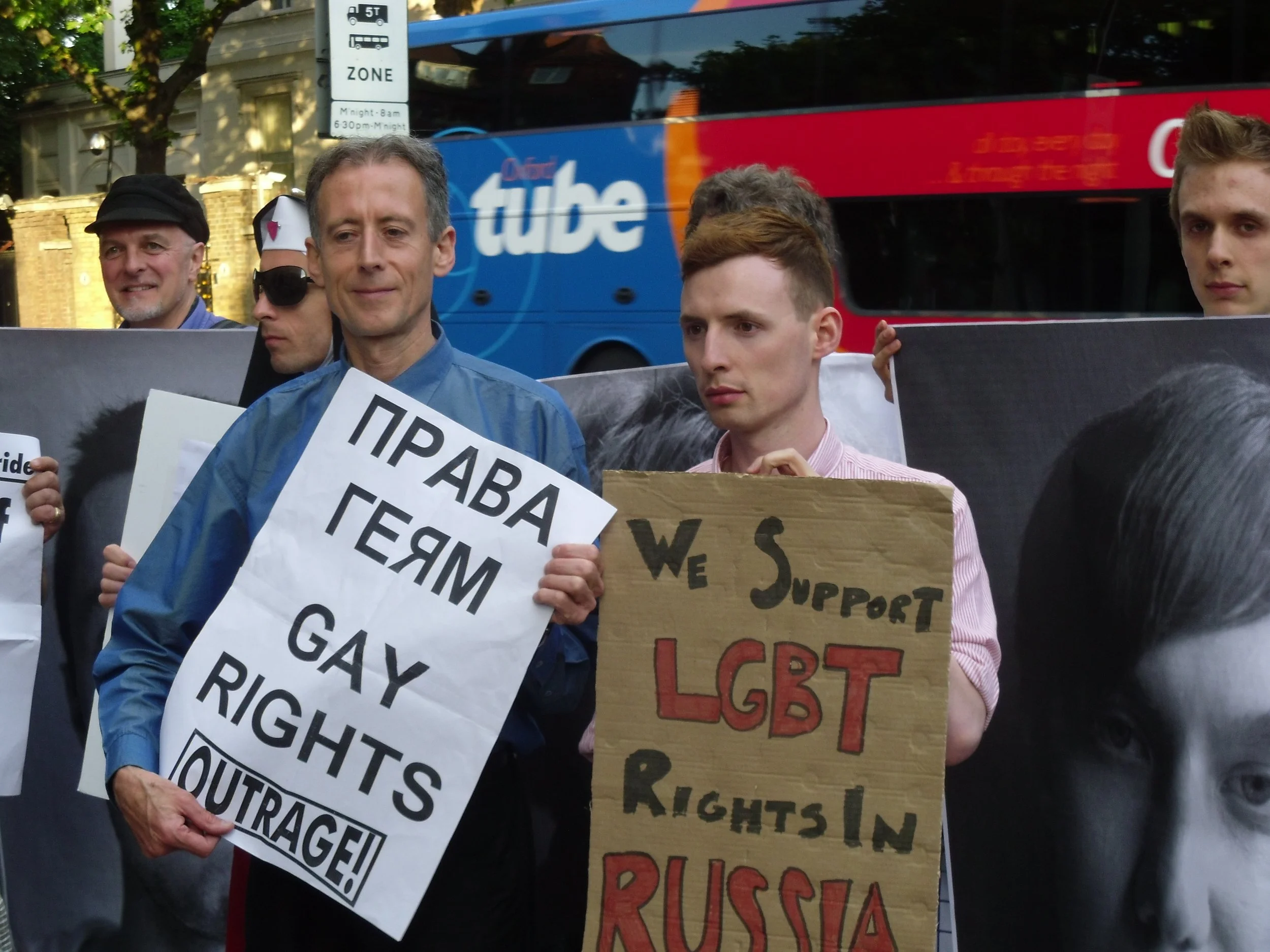Where the Wild Miners Are: Illegal Mining in the Brazilian Amazon
Mining in the Brazilian Amazon. (Wikimedia Commons)
by Iris Peng (COL ‘24)
Illegal small-scale gold mining activity by wildcat miners, called garimpeiros in Portuguese, is a major threat to the Amazon rainforest ecosystem and the livelihoods of the region’s indigenous peoples. Although Brazil has laws that restrict garimpo mining to specific federally designated zones, they have been ineffective against the wave of miner invasions in the protected Yanomami reservation of the Brazilian Amazon. These miners persist because mining remains comparatively lucrative to other menial jobs.
Ineffective Regulations
Gold mining is currently legally permissible in the part of the Brazilian Amazon that does not have protected land status. On those lands, the Ministry of Mines and Energy and the National Mining Agency grant exploration authorizations and exploitation concessions to individual Brazilian miners or mining companies.
The country also has four types of protected land: federal and state conservation units, indigenous lands, legal reserves and permanent areas, and other legally protected public forests. Miners can obtain legal permission to mine in these protected areas by applying for a license, waiver, or concession from the state or federal government. Alternatively, if the land is indigenous territory, miners may contract directly with the indigenous inhabitants.
However, some miners set up illegal camps without consulting the government or tribes. They abandon deposits once they are depleted and set up camps in new locations. Though these camps are hard to track, one fact is certain: their presence on protected indigenous lands and conservation areas has increased dramatically since 2015. A satellite imagery analysis found a 20-fold increase in the number of mines across the state of Roraima from 2015 to 2020.
Garimpo mining falls under the artisanal small-scale gold mining (ASGM) category—which is a misleading term, because the consequences of ASGM are far from small. Continued mining in the rainforest, no matter how “small-scale,” damages crucial ecosystem services such as food production, raw materials, greenhouse gas mitigation, and climate regulation; annual losses are at least one billion US dollars. Moreover, the construction of transportation infrastructure to reach markets leads to further deforestation, which means that the environmental damage can extend far beyond the borders of mining camps.
Indigenous tribes feel the most immediate impacts of this damage. In Roraima, where more than 26,700 Yanomami tribe members call home, gold mining takes place on the Uraricoera River. The extraction process is rudimentary: miners use mercury to extract gold from other ores, and then, to separate the mercury from the gold, they apply heat to liquefy the mercury. Then, 20 percent of the mercury is dumped into the river, while the rest evaporates into the atmosphere. The high levels of mercury polluting the river are a carcinogenic risk that could affect the Yanomami people’s lifestyle and dietary patterns related to fish consumption. Because it threatens the already-precarious lives of some of the country’s most underrepresented populations, illegal gold mining is a human rights issue.
The Yanomami tribe, with a population of more than 26,700, lives in the heart of the Amazon rainforest. (Wikimedia Commons)
The Problem (Not) Explained
One possible cause for the dramatic increase in illegal mining is the complexity of the artisanal and small-scale gold mining (ASGM) legal framework. When sociologists Johanna Espin and Stephen Perz analyzed how mining laws were enforced in Madre de Dios, Peru, they found that the ambiguities that existed between the classifications of legal and illegal mining—Peruvian authorities’ creation of an “informal mining” category, which was also legally permissible, for example—confused stakeholders. Moreover, sometimes it is unclear which lands are prohibited and which are permitted. The many legal documents that outline numerous categories and statuses of land protection make it difficult for stakeholders inside and outside Peru to keep track of and comply with all pertinent regulations. Ultimately, Espin and Perz argue that a complex ASGM legal framework enables illegal mining in two ways: not only can miners operate illegally by exploiting its ambiguities as legal loopholes, but exceptions to mining prohibitions in the law can undermine effective law enforcement operations.
On the surface, complexity seems to similarly plague the Brazilian legal code. Brazil’s four protected land statuses can be further broken down into subcategories: indigenous land can be classified as reserves, parks, agricultural colonies, or federal territory, each subject to varying levels of federal oversight. Nonetheless, Brazil’s 1988 Constitution only permits the National Congress to authorize mining on indigenous land. Article 176, paragraph 1, and Article 231, paragraph 3 state that mining activities on indigenous land should be regulated by law. While the Brazilian Mining Code establishes the norms that regulate all mining in Brazil, it lacks specific measures that regulate mining on indigenous land, and no separate legislation exists to specify the terms of regulation. Instead, the Mining Code mainly addresses the mining and exploration licenses, authorizations, concessions, permits, fees, and royalties.
Therefore, loopholes in mining on indigenous land in Brazil actually seem to stem from legal omissions—not complexity. Because there have not been major updates to mining regulations, legal ambiguities and omissions can only explain the persistence—not the increase—of illegal mining activity in the Yanomami territory.
Ineffective or absent state control is a more plausible culprit. According to anthropologists Marjo de Theije and Ton Salman, who also examined the mining industry in Madre de Dios, regions that are physically distant from political and economic centers occupy a marginal status granted relatively little representation in national decision-making. This marginality affects both the regulatory intent of the central government and the effectiveness of national mining regulations.
First, the Lima government is less likely to be interested in marginal regions and makes little effort in regulating small-scale mining. However, even if the central government wants to interfere, it is unable to do so effectively. From the perspective of miners, the government and its laws lack authority in these regions: since the state fails to consult local authorities in the process of passing mining regulations, these local authorities are less incentivized to collaborate with the state in enforcing them.
But the relationship between Brasília and the Yanomami is different than that of Lima and Madre de Dios. Although the Yanomami territory is within two of the most geographically isolated states in Brazil, Amazonas and Roraima, the Brazilian government does not seem to be neglecting the region. In 2001, the Yanomami won a federal court case against farmers in a land rights claim when the court upheld the government’s demarcation of the indigenous territory. And in May 2021, the Supreme Court ruled that central authorities must adopt necessary measures to protect the indigenous people in the Yanomami and Munduruku territories in May 2021. The following month, the Minister of Justice authorized agents from the National Public Security Force to support efforts to protect the Yanomami in the state of Roraima. Miners operating in the Yanomami are aware that their actions are illegal, but have persisted despite the presence of law enforcement authorities.
It Always Comes Back to Supply and Demand
What variable, then, is unique to Brazil within the timeframe of 2015 to the present? In 2014, just before the sudden increase in illegal mining activities, an economic crisis hit Brazil. The GDP growth rate plunged to -3.5 percent, far lower than the -0.1 percent growth rate during the 2008 Great Recession. From 2015-2020, its highest GDP growth rate was 1.8 percent in 2018, but this figure sunk to -4.1 percent in 2020 due to the COVID-19 pandemic. Unsurprisingly, the unemployment rate increased from 6.7 percent in 2014 to 8.4 percent in 2015. It reached a 10-year high of 14.7 percent in 2021.
The recession harmed poor Brazilians the most. The poverty rate increased from 13.9 percent in 2014 to 16 percent in 2015. From 2014, the income of the poorest 5 percent fell by 39 percent and the extreme poverty rate rose from 2.3 percent to 3.9 percent.
Usually, mining in areas that are far away from urban centers comes with both physical and financial risks. But with few alternatives for making money, poor Brazilians were desperate enough that their risk tolerance must have increased.
Garimpeiros work along the rivers of Brazil. (Flickr)
Some low-income workers viewed mining as their best opportunity for making a livelihood. A Brazilian wildcat miner said in an interview that, despite knowing the problems mining causes, he “[doesn’t] have anything else.” Alessandro Souza, another clandestine miner, expressed similar sentiments to the Washington Post: “We don’t have other options.”
Regional poverty rate disparities also indicate that the economic crisis led to the rise in illegal mining. Poverty rates are about five times higher in states in the North and Northeast. Maranhão, already Brazil’s most impoverished state, saw its extreme poverty rate continuously increase year-on-year from 15 percent in 2014 to 21 percent in 2019. François-Michel Le Tourneau, a senior research fellow at the French National Center for Scientific Research, found that most garimpeiros are working-class or poor people from Maranhão and other underserved suburbs or remote rural areas. They migrate westward to the mineral-abundant states in the Brazilian Northwest.
Although garimpeiros were initially pushed out of their home states by dire economic conditions, the rise of gold prices starting in 2016 also pulled them into the Yanomami region. The price of gold increased 7.3 percent in 2016 compared to the previous year, incentivizing existing miners to increase their activity. Souza, the miner previously mentioned, would share the $1,800 per ounce price to a WhatsApp group chat with fellow garimpeiros.
High gold prices also attracted new workers to the industry like Marilene Nascimento, a cook at an illegal mine. As the Washington Post journalists write, her monthly income in 2020 was $1,200—far higher than last year, and 10 times what she could have earned in the city. According to Le Tourneau’s calculations, yearly incomes for low-yield workers can be two to three times as high as the 2019 Brazilian minimum salary, and incomes for high-earning canoe pilots can be fifteen times as high. Thus, an entire clandestine economic ecosystem has emerged to support the garimpeiros.
The economic crisis of 2014 and the rising international price of gold since 2016 are two reinforcing factors that have changed how garimpeiros evaluate the risks and rewards of their illegal activity. With individual economic concerns at the forefront of miners’ minds, Brazil’s limited ASGM legal framework alone is insufficient in preventing their invasions onto indigenous territory.
After all, it makes sense to be making more than just cents.


















